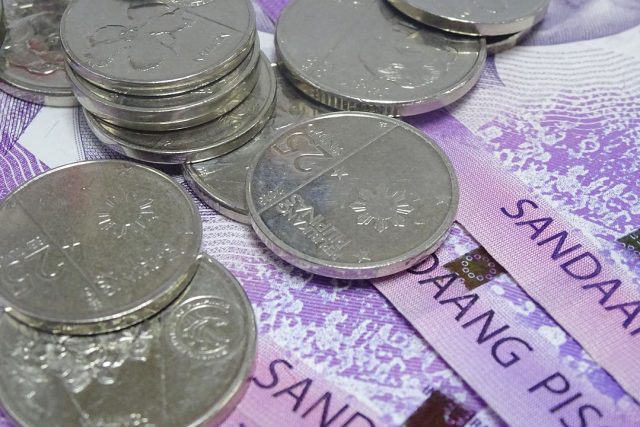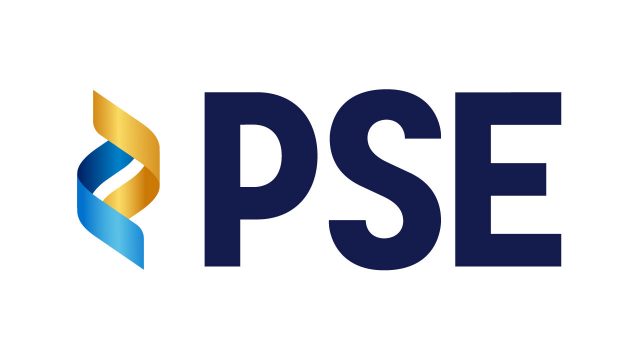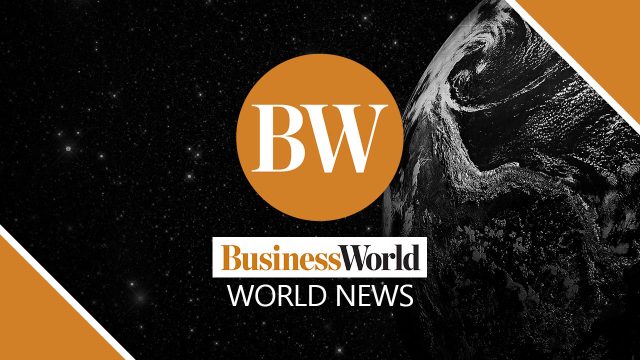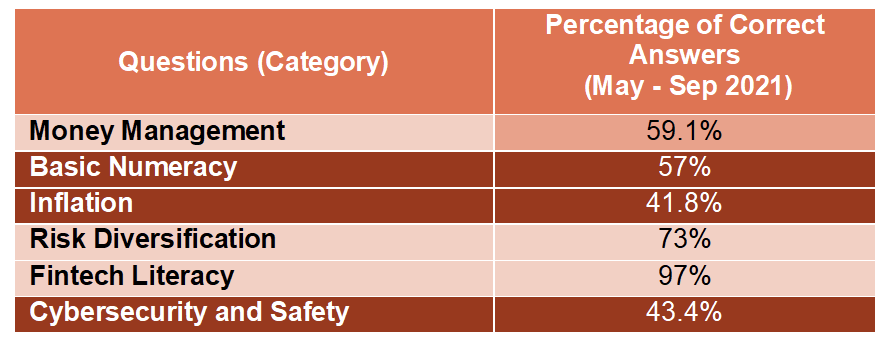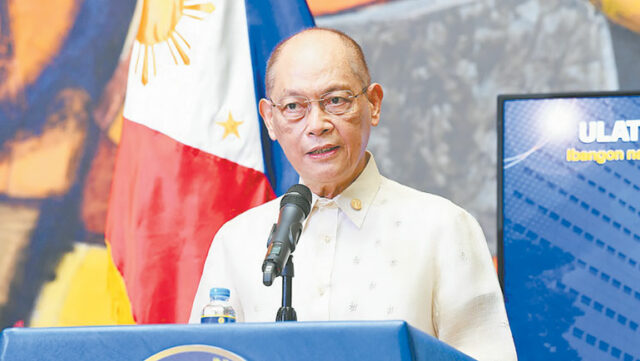Japan reaches semifinals; Australia crashes out of Women’s Asian Cup
TWO-TIME defending champion Japan booked their place in the semifinals of the Women’s Asian Cup with a 7-0 thrashing of Thailand on Sunday but joint-favorite Australia crashed out after a shock defeat by South Korea.
Chelsea midfielder Ji So-yun scored from distance with two minutes remaining to earn South Korea a 1-0 victory in Pune over the 2018 runners-up and set up a semifinal against the Philippines.
The Japanese, meanwhile, set up a last-four meeting with China despite seeing Mana Iwabuchi’s weak penalty saved by Thai goalkeeper Waraporn Boonsing 15 minutes into the last-eight encounter in Navi Mumbai.
Yuika Sugasawa, however, went on to score four for the champions with Hinata Miyazawa, Rin Sumida and Riko Ueki also on target.
Sugasawa put the Japanese ahead when she slid in to poke Miyazawa’s center into the roof of the net in the 27th minute while Miyazawa doubled the advantage two minutes into first-half injury time from inside the six-yard box.
From there, the Japanese went on the rampage. Sumida added the third three minutes after the start and Sugasawa hit her second from the spot.
Ueki scored the fifth with 15 minutes remaining before two more from Sugasawa in the final 10 minutes completed a comprehensive victory.
The victories meant China, South Korea, the Philippines and Japan also secured berths at next year’s Women’s World Cup in Australia and New Zealand.
Asia has five berths at the World Cup in addition to Australia’s direct qualification as co-hosts. Two other nations will be granted playoff places.
MATILDAS STUNNED BY KOREANS
Former champion Australia will not be in a position to reclaim the title they won in 2010 after they were eliminated by South Korea.
The Matildas were given a let-off five minutes from the end of the first half of their quarterfinal with the Koreans when Cho So-hyun fired her penalty over the bar.
A lengthy VAR check by referee Qin Liang after Caitlin Foord’s challenge on Lee Geum-min resulted in the Chinese official pointing to the spot, but Cho’s attempt was woefully off target.
Australia had dominated the opening 45 minutes, with Sam Kerr rattling the crossbar with a header and Korean goalkeeper Kim Jung-mi called upon to deny both the Chelsea striker and Mary Fowler.
The game looked headed for extra-time when, with two minutes remaining, Ji picked up possession 30 meters from goal and fired a right-footed shot into the top corner, giving Australian goalkeeper Lydia Williams little chance.
CHINA SEALs COMEBACK WIN
China fought back from a goal down to beat Vietnam 3-1 in Navi Mumbai, while the Philippines defeated Taiwan 4-3 on penalties after their match ended 1-1 after extra time in Pune.
Vietnam took a surprise lead in the 11th minute with a strike from Nguyen Thi Tuyet Dung after a defensive error from China but the eight-time champion equalized in the 25th minute as midfielder Wang Shuang scored from a Wang Shanshan cross.
China scored two quick goals after the break as Wang Shanshan finished off a brilliant team effort with a shot on the turn in the 52nd minute and Jiali Tang made it 3-1 the following minute with a stunning effort from the center of the box.
Vietnam’s Nguyen Thi Bich Thuy hit the crossbar from a penalty in the 89th minute, ending any hopes of a comeback. — Reuters


